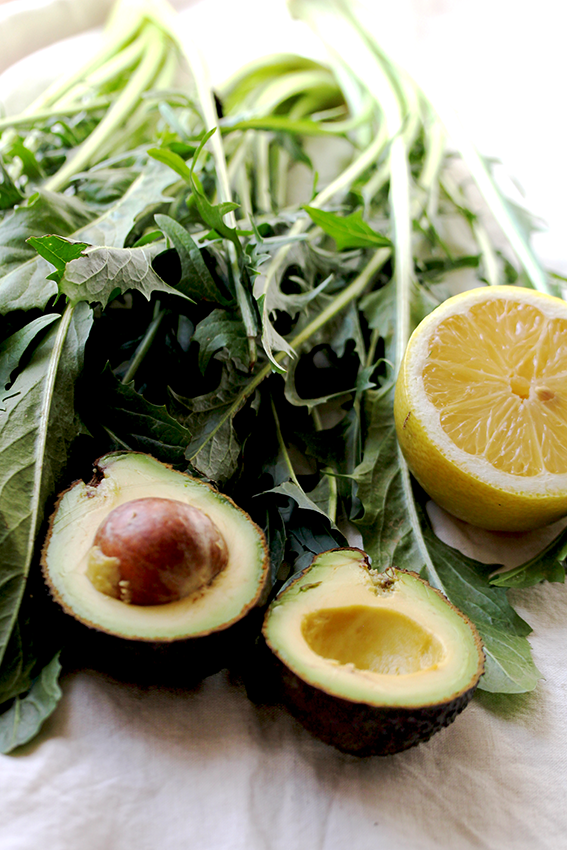It’s been ages since I posted something – it literally has been a year since my last post – meanwhile I’ve been very busy taking many, many other photos…but that’s a long story. And for now I wanted to keep it quick and simple. Hence this summery cake (the decoration turned out quite romantic – maybe I should start a second career as a wedding photographer?) that looks and tastes stunning, but can actually be whipped up quite quickly, doesn’t go into the oven – because who wants that in summer anyway? – and can be made in advance and stored in the freezer – in case you’re busy outside doing other things.
For me apricots mark the peak of summer! I’ve always loved them, especially when they’re still a little underripe and sour. Which of course goes beautifully with the rich, creamy flavour of white chocolate that I ‘recreated’ for this recipe using cacao butter, vanilla and rice malt syrup. And there’s another ‘secret’ to this cake. Though it doesn’t look and really doesn’t taste like it, it is not the usual cashew no bake cake. Instead we’re using beans here. Yep, you heard right. It’s as indulgent as your old hummus and might as well be considered my contribution to the international year of pulses…(pulses ARE great, though folks!).
As of late I’ve become quite a fan of white, also known as cannellini, beans. I always thought that I love chickpeas so much that nothing (well, at least no other legume) could have a place next to them, but I recently had the chance to try some organic and traditionally, and quite high up in the mountains, farmed pulses from Umbria in Italy – they were so good! Nothing like the canned stuff from the supermarket! As you know, I like to soak or sprout and then cook pulses in bulk, so that I can use them during the week in many different dishes. You could also double the quantity of the filling if you feel like some extra height is needed for some especially celebratory occasion.
So it’s a good cake – you get it. But what I really love about it, is that it is seasonal. You can make it and top it with whichever fruit is in season. I think it would go especially well with slowly roasted rhubarb and all kinds of berries (I’m thinking blueberries, gooseberries, raspberries or currants) in spring and early summer. Then of course with apricots or peaches as well as with plums and figs in late summer. How cool is that!?
For the crust
50g (½ cup) pistachios (or other nuts, macadamia would work well)
80g (½ cup) almonds
60g (½ cup) rolled oats (substitute with desiccated coconut for a paleo version)
2 tablespoons coconut oil
1/4 teaspoon sea salt
zest of 1 organic lemon
For the filling
250g cooked white beans (1½ cups)
2 tablespoons rice malt syrup
80 ml (1/3 cup) homemade(!) almond milk (or coconut milk)
1 vanilla bean (or 1 teaspoon ground vanilla powder, sugar-free)
20g (1/4 cup) cacao butter
tiny pinch of sea salt
dash of lemon juice
Topping
3 apricots
dash of lemon juice
small handfull of pistachios
pinch of vanilla
1 teaspoon rice malt syrup
1 tablespoon dried rose petals (optional)
Start by making the crust. Place the oats in a food processor and grind them until they resemble a rough flour and set aside. Roast the nuts in a pan without oil (you can use roasted and salted pistachios just remember to taste before you add any more salt to the mixture). Place them in a food processor and pulse a few times until they have a sand like texture and start to release the fat. Don’t go too far though or you’ll end up with nut butter. Mix all ingredients in a bowl with your hands until they come together. Line the bottom of a 20 cm (8 inch) springform pan with parchment paper and press the mixture into it. Use your hands to firmly press down the mixture evenly. Place it in the freezer and continue with the filling.
Melt the cacao butter and scrape the vanilla bean. Add the cooked beans (you can use canned beans though I would recommend to soak dried beans overnight in acidic water and then cook them – you can cook a larger quantity and use the beans for other dishes like salads or soups) and all the other ingredients to the food processor an pulse on high speed for about two minutes until you’ve got a smooth mixture. Add a little more sweetness or a little more lemon juice according to taste. Pour the filling into the springform pan on top of the crust and place it back in the freezer for 2-3 hours.
To decorate the cake, halve the apricots and place them in an ovenproof dish, drizzle with a little lemon juice and sprinkle with vanilla. Place the dish in the oven and roast the apricots on very low heat (aprox. 120°C) for about 45 minutes until they’ve become soft but still retain their shape. Let them cool slightly.
Remove the sides of the springform pan while the cake is still frozen. You can store it in the fridge for half an hour before serving it if you want it to be creamier. Place the cooled apricots in the middle of the cake. Roast the pistachios in a pan without oil and drizzle them with a little rice malt syrup in a small bowl so that they are coated. Sprinkle on top of the cake together with some rose petals if you wish.




















































































![[gallery type="rectangular" size="full" ids="1147,1149"] [gallery type="rectangular" size="full" ids="1147,1149"]](https://i0.wp.com/from-hand-to-mouth.com/wp-content/uploads/sites/2/2015/07/berries-2.png?w=229&h=346)







